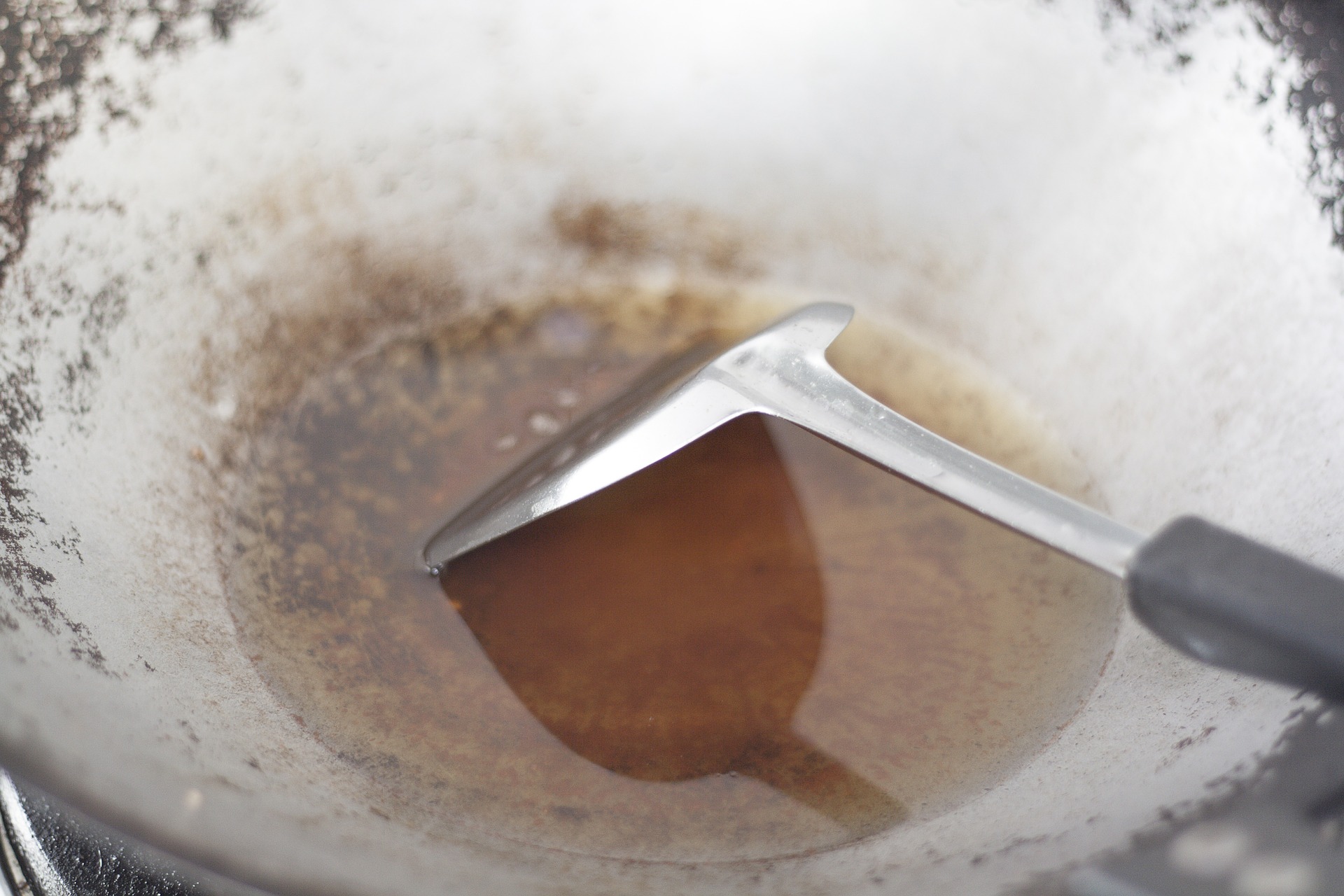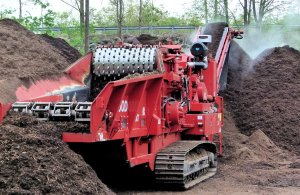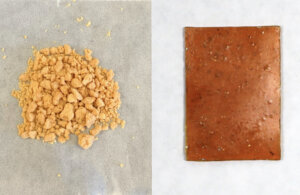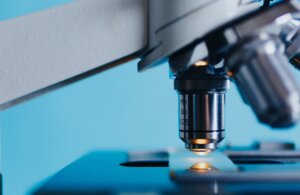Laboratories for plastics at STU. (Credit: Stuba.sk)
There are two types of bioplastics called as first-generation bioplastics and second-generation bioplastics Prof. Pavel Alexy of STU Faculty of Chemical and Food Technology in Bratislava states in an article on PLASTICSINSIGHT.COM.
There are two elements of the first-generation bioplastics: polylactic acid made of starch, and polyhydroxybutyrate, a biomaterial produced by bacteria. A patent application has been filed for this bioplastic that has created interest in Europe and several Asian countries. The material carries the brand name as “nonoilen,” which means “not made of oil”.
Professor Alexy explains that the Second-generation bioplastics are made by using frying oil, the hazardous waste produced in large quantities all over the world that shows additional environmental bonuses. Used frying oil is a source of polyhydroxybutyrate, a bio-plastic material that degrades in industrial compost conditions at the temperatures of 50 or more, as well as in domestic compost conditions at 20-30 ℃. Investigations are in progress for its degradation in common soil and in sea water. Professor Alex adds that this may be a significant contribution to reducing non-degradable plastic waste in the densely polluted seas. Professor Alexy is currently intensively involved to cooperate with others in the development of the technology for processing waste oils to polyhydroxybutyrate.
Bio plastics degradable in soil and water










